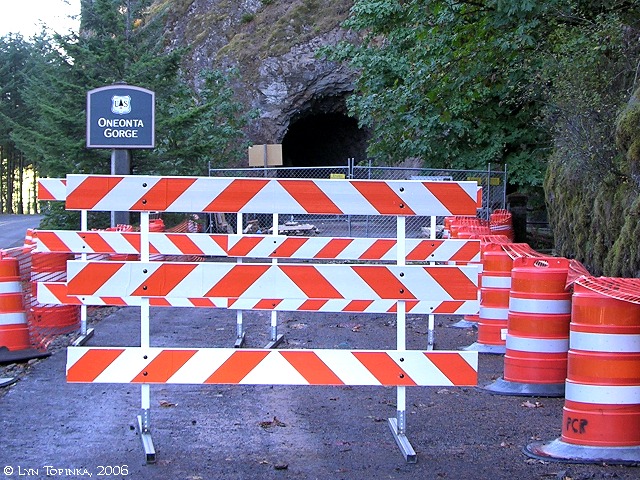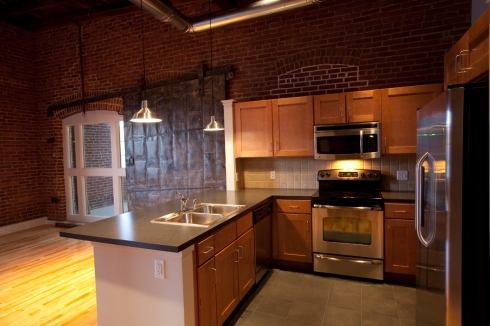
A successful example of an adaptive reuse project in Fort Worth, Texas is the Texas and Pacific Railway Terminal Building.
Originally built by the Texas and Pacific Railway it opened on October 25, 1931. It was designed in the Zigzag Moderne Art Deco style popular at the time. The opulent lobby features marble floors, metal-inlaid panel ceilings, and nickel and brass fixtures, incorporating the zigzags and chevrons distinctive of the style. The terminal facilities also included the larger Texas & Pacific Warehouse one block to the west, built in the same style as the station.
 The station declined along with the rest of the Lancaster Avenue area when the elevated portion of Interstate 30 was built in 1958, effectively separating the area from downtown. The railroad vacated the terminal in 1967 when passenger service in Fort Worth ended and the Department of Housing and Urban Development became the exclusive tenant from the early 1970s until the late 1990s.
The station declined along with the rest of the Lancaster Avenue area when the elevated portion of Interstate 30 was built in 1958, effectively separating the area from downtown. The railroad vacated the terminal in 1967 when passenger service in Fort Worth ended and the Department of Housing and Urban Development became the exclusive tenant from the early 1970s until the late 1990s.
The passenger area of the station, which had not been occupied by HUD and was virtually untouched since 1967, was restored to its former beauty in 1999 at a cost of $1.4 million. Passenger service resumed at Texas & Pacific station on December 3, 2001 with the TRE's extension into Fort Worth.
In 2002, the elevated portion of I-30 was destroyed opening the Lancaster Avenue area for redevelopment. Shortly thereafter, plans were announced to convert the building to a 330 room, railroad themed hotel. Ultimately the hotel proposal was scrapped over concerns about its feasibility, Instead, developers converted the building into lofts.
 The T&P Lofts opened in July 2006. Comprised of 46 lofts with NY-Soho style interiors, the lofts start in the low $100s. A historic diner on the ground floor was converted into a bar called the "T&P Tavern," which is popular with residents and locals alike. The lofts also feature 24 hour conceirge services, an indoor pool, fitness center, business center, media room, and a community club room.
The T&P Lofts opened in July 2006. Comprised of 46 lofts with NY-Soho style interiors, the lofts start in the low $100s. A historic diner on the ground floor was converted into a bar called the "T&P Tavern," which is popular with residents and locals alike. The lofts also feature 24 hour conceirge services, an indoor pool, fitness center, business center, media room, and a community club room.



